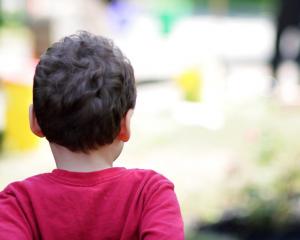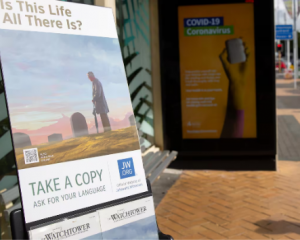A mathematical model designed to predict children at risk of abuse will be trialled with data about children reported to Child, Youth and Family.
The model predicts which children will suffer substantiated child abuse or neglect based on 132 factors drawn from cross-departmental records, including the parents' ages, their criminal records, their own history of being abused as children, and recorded family violence.
Initial testing by the Social Development Ministry, looking at the 5 per cent of children born in 2007 who would have been rated at highest risk in the model, found that 31 per cent suffered substantiated maltreatment by age 5. That figure was projected to rise to 40 per cent by age 10, but still meant 60 per cent would have been targeted unnecessarily ("false positives").
That 5 per cent judged at highest risk would have accounted for 32 per cent of all children who actually suffered substantiated maltreatment by age 5 -- much more than their fair share, but leaving 68 per cent who would not have been identified ("false negatives").
Ministry acting deputy chief executive Dorothy Adams said the next step would be testing how staff at Child, Youth and Family's call centre in Auckland would use the model in practice, using historical case studies.
"Some contact centre social workers will be trained to understand the predictive model and will be given information that comes out of the predictive model and ... some of the case studies and we'll test what decisions they make," she said.
"Another group, who have not been trained, will be given the same case studies, and we'll look at the differences between them."
She said if the trial showed the model led to better decision-making, officials would seek ministerial approval to use it with "live" calls to the centre, to help guide decisions about which cases needed investigation or other action.
AUT University economist Rhema Vaithianathan, who helped develop the model, said she hoped it would be used "proactively" to identify the most at-risk children and give them extra support services from birth, rather than waiting to act "reactively" when they were reported.
"In human terms, it is like walking through a maternity ward and identifying the one child in every five who has 10 times the chance of being abused and maltreated as all the other children put together," she said.
She said Plunket nurses already added extra visits for new babies identified as needing extra help, and the Family Start home visiting programme was targeted at the 5 per cent of most vulnerable children.
The model looks set to be used proactively first in the US city of Pittsburgh, where Professor Vaithianathan is a consultant.
Finance Minister Bill English said this week that social services could be better targeted to the neediest families by using data from multiple agencies.
But Australian researcher Dr Philip Gillingham warned last month in the British Journal of Social Work that "substantiated" cases used in the model included children with behavioural or relationship problems where no maltreatment was involved.
Otago University Professor David Fergusson said the model showed how much predictive power was available in administrative data. But it needed much more careful research to fine-tune it.
******
Abuse risk model
Predicts the chances of a child suffering substantiated maltreatment based on 132 factors known at birth, such as previous family violence history and known facts about the parents.
Developed in 2012 for Government white paper on child abuse.
Criticised because families identified as at risk could feel stigmatised, and because of many "false positives" and "false negatives".
Trial here will start with historical data only, but is going ahead faster in Pittsburgh.
By Simon Collins of the New Zealand Herald












